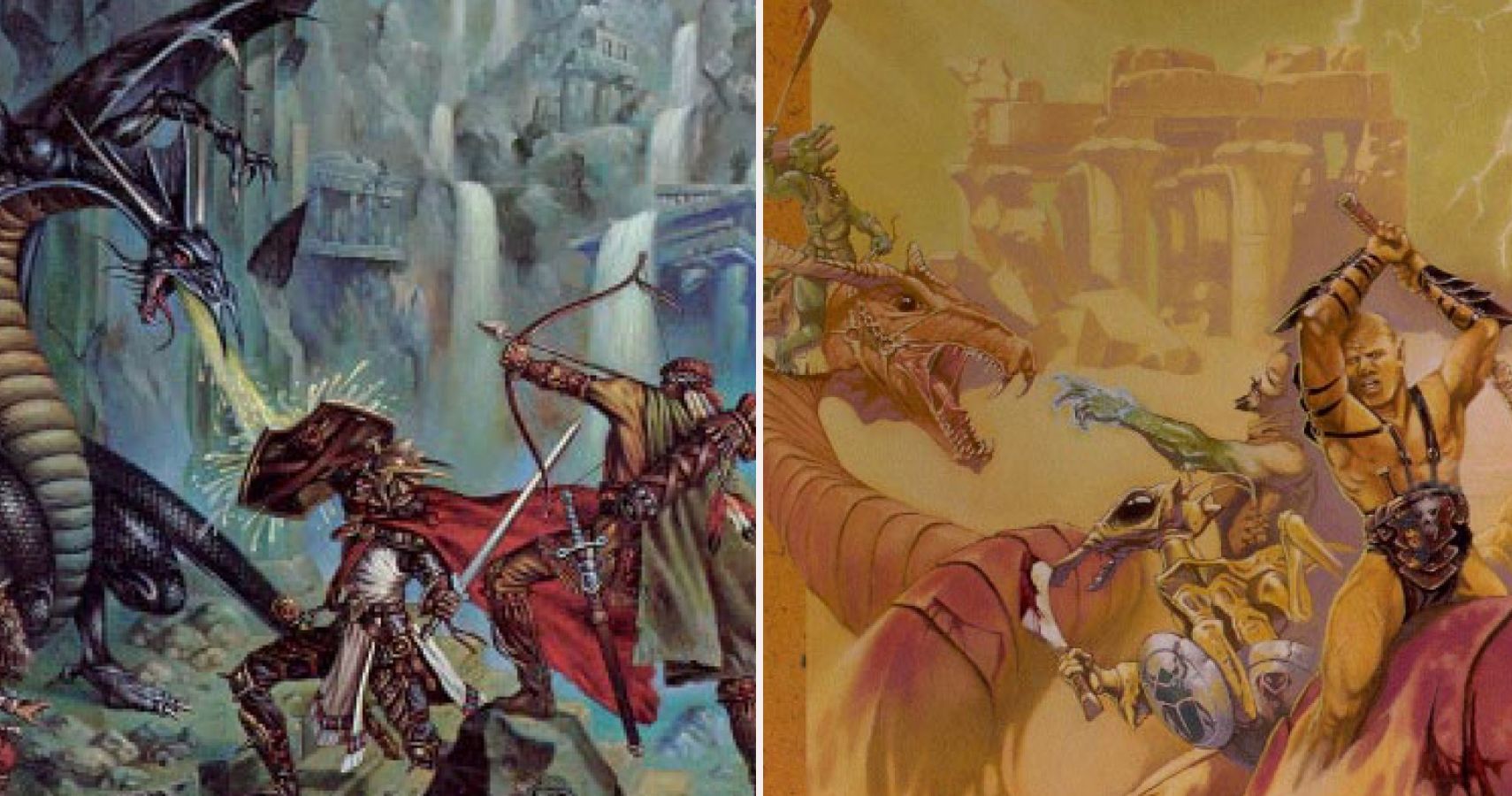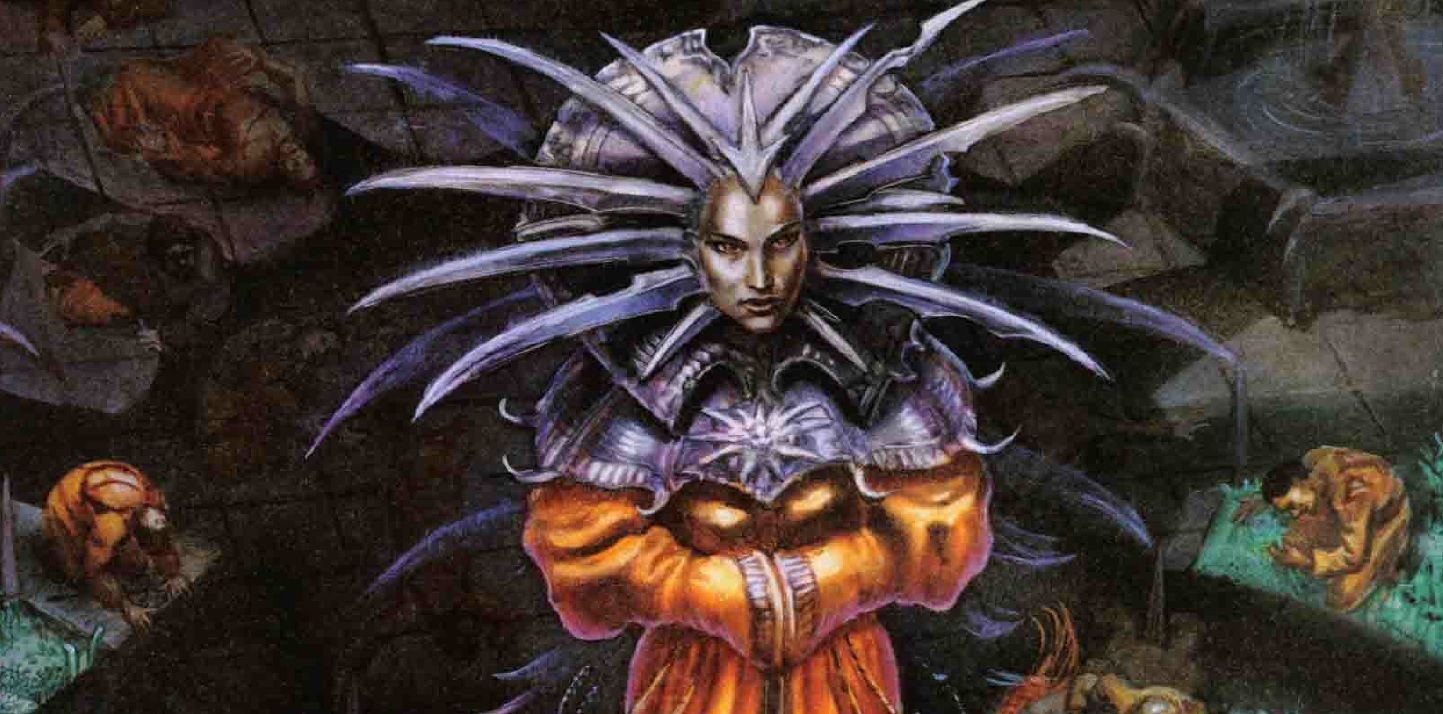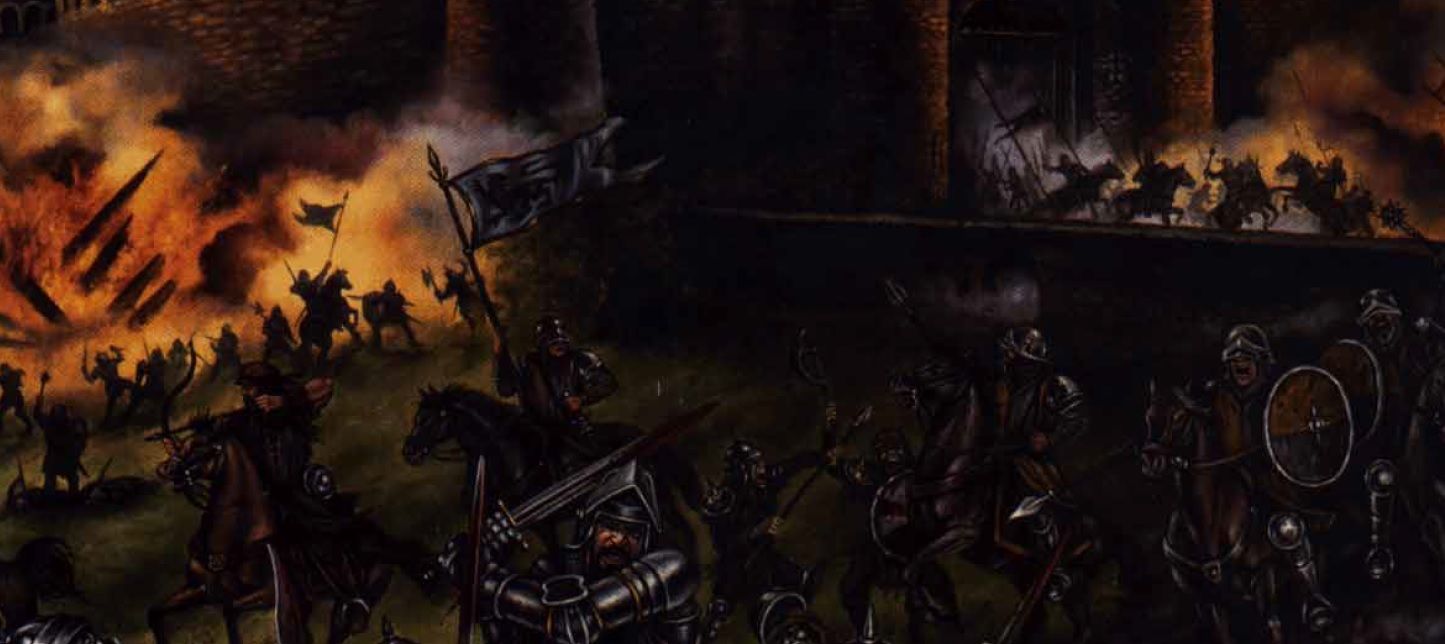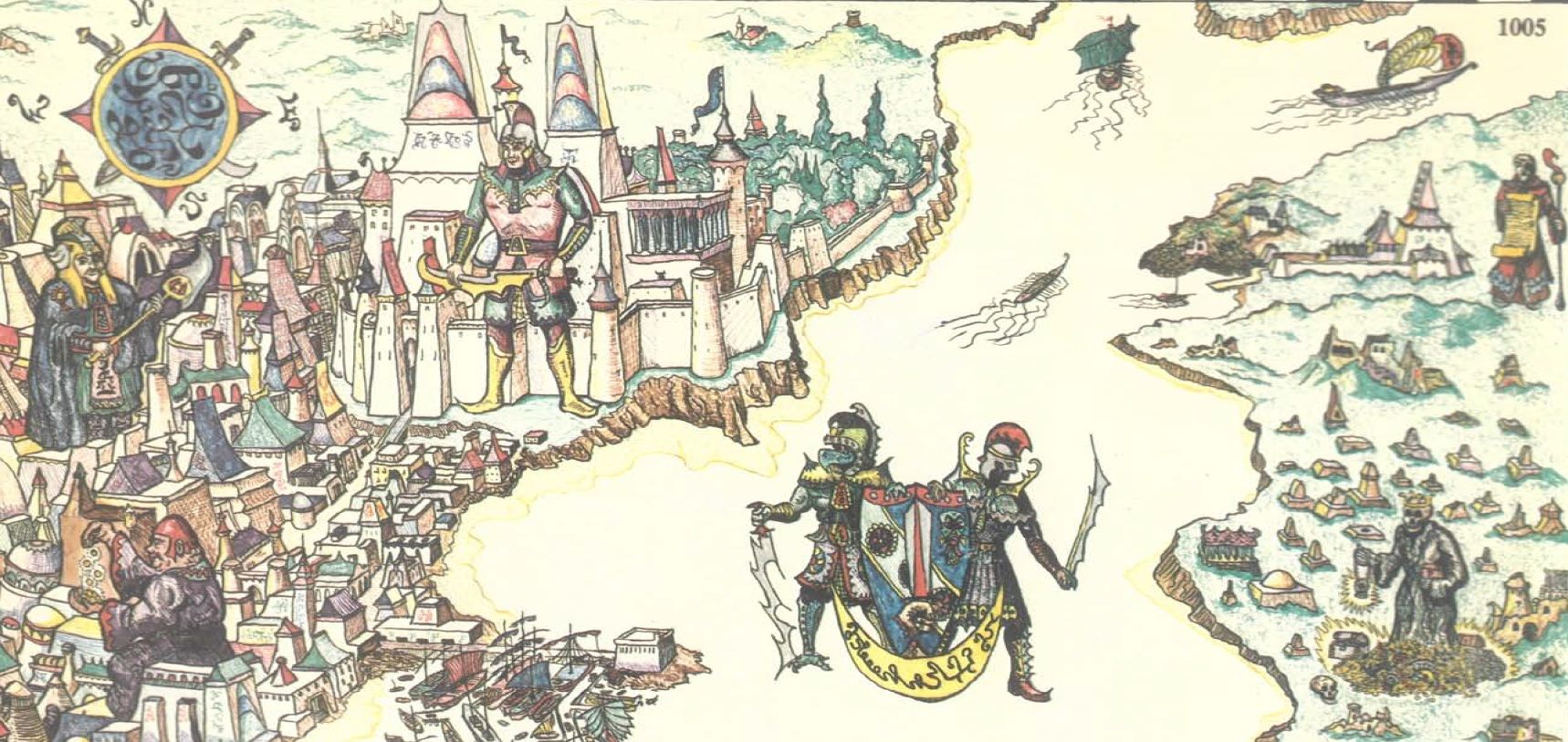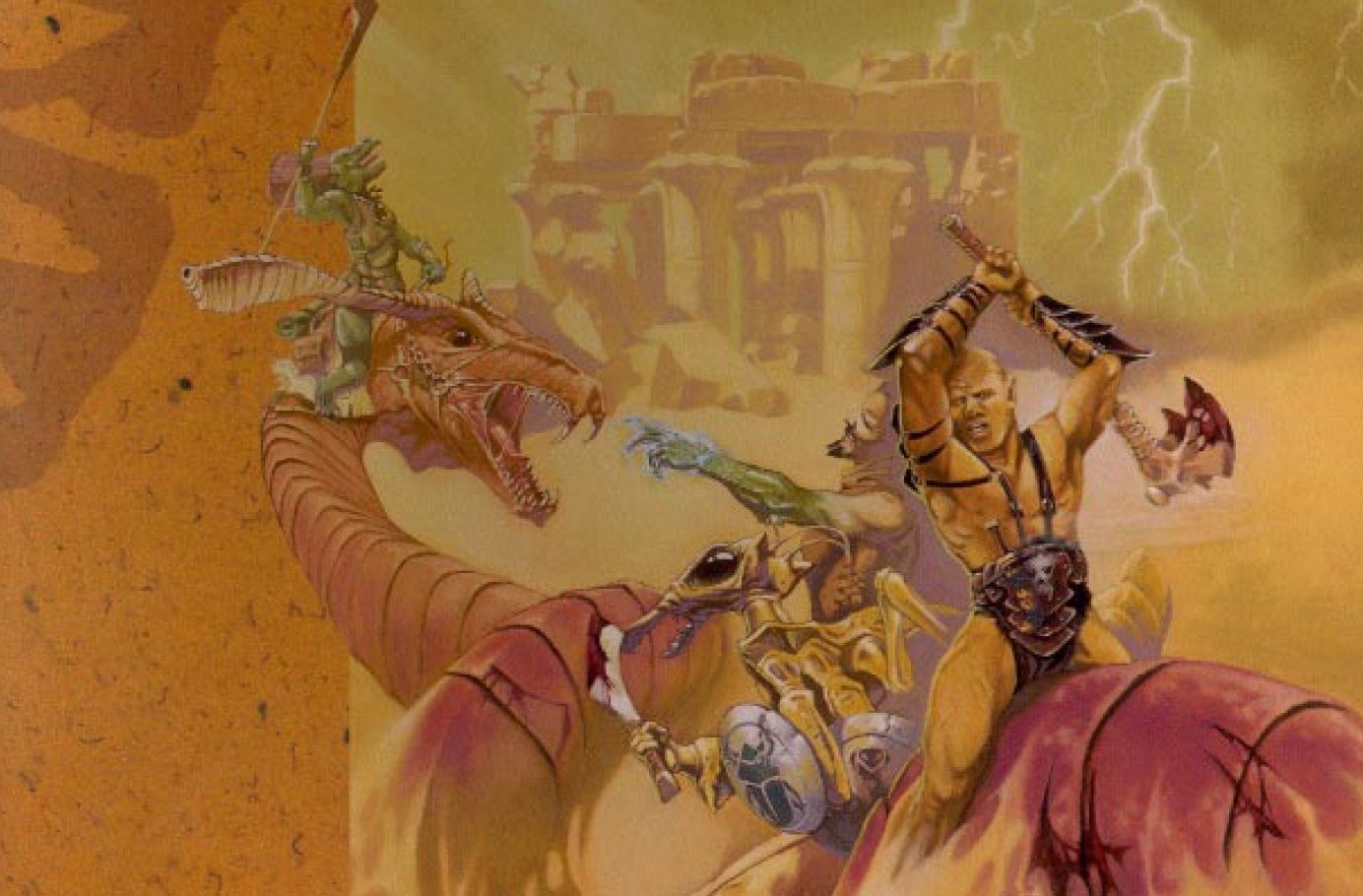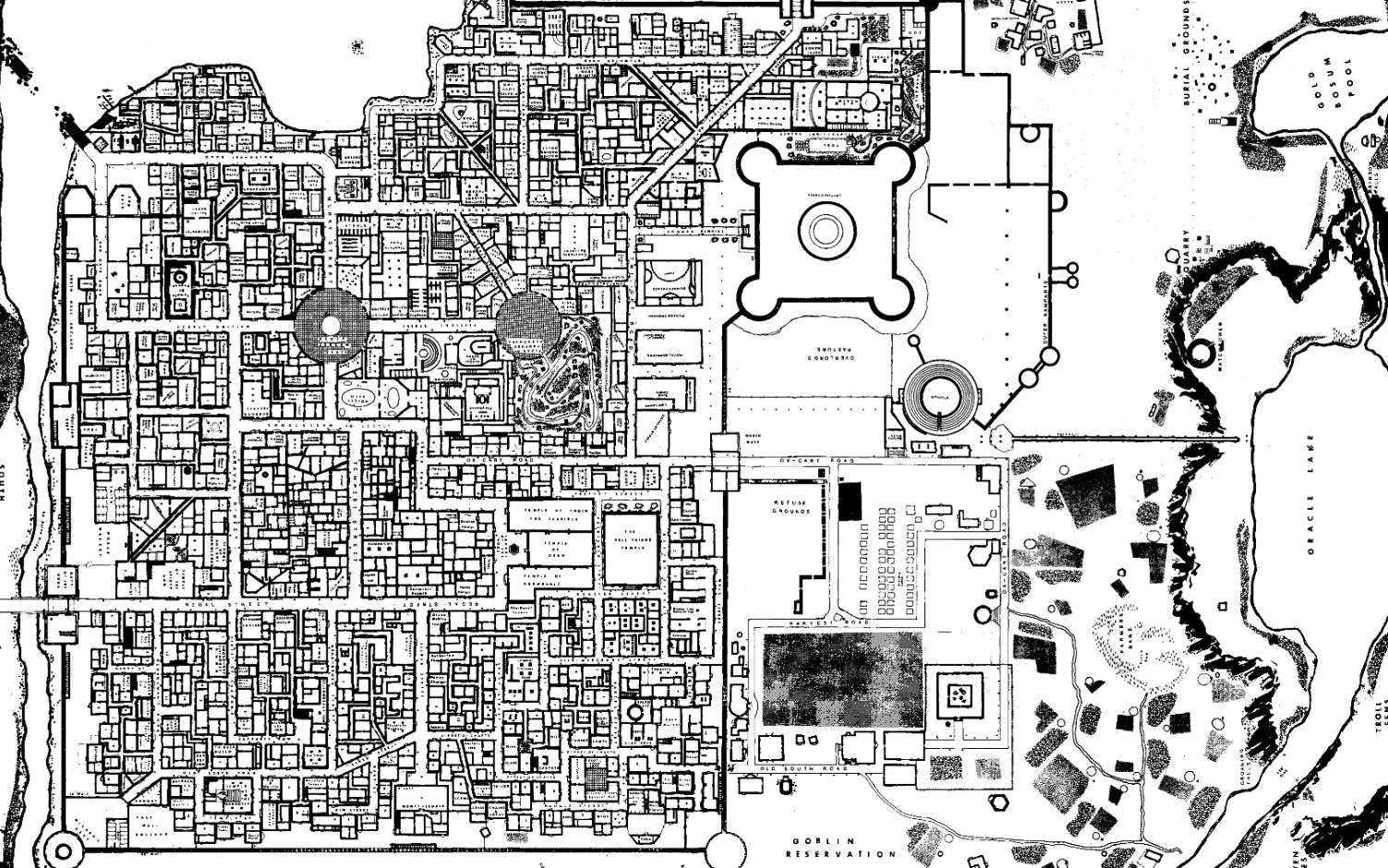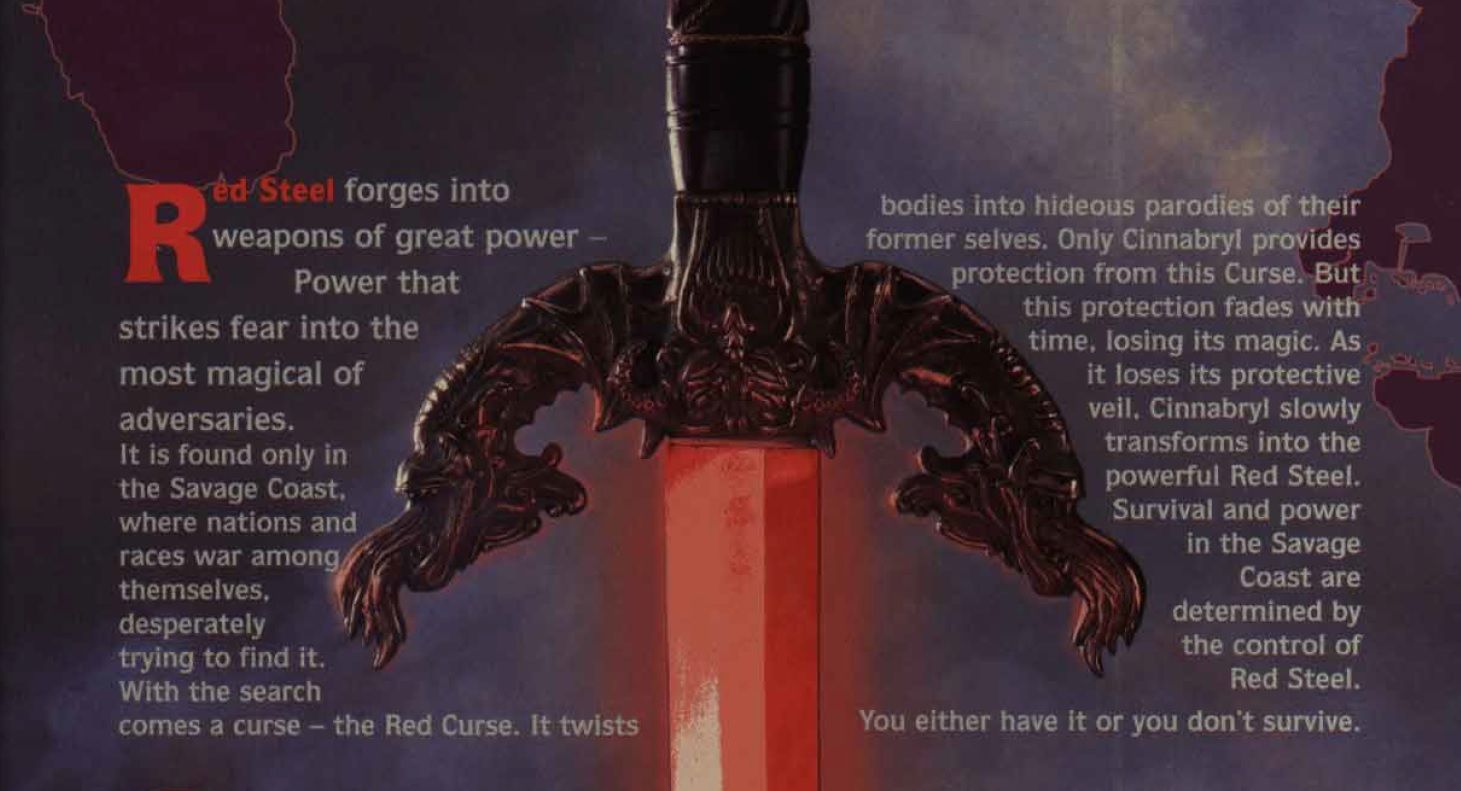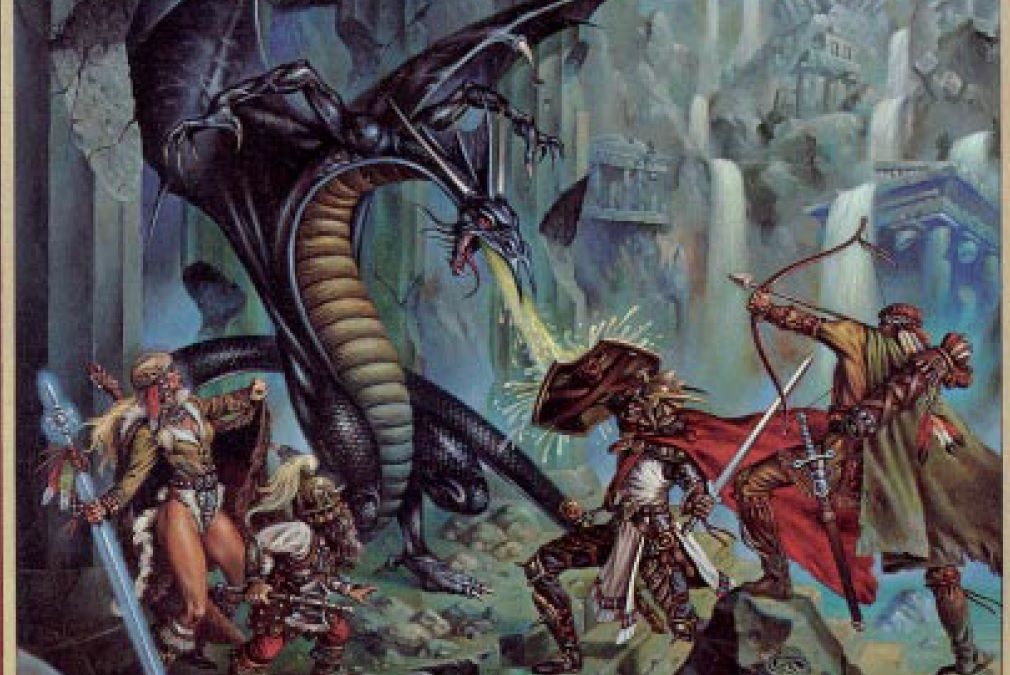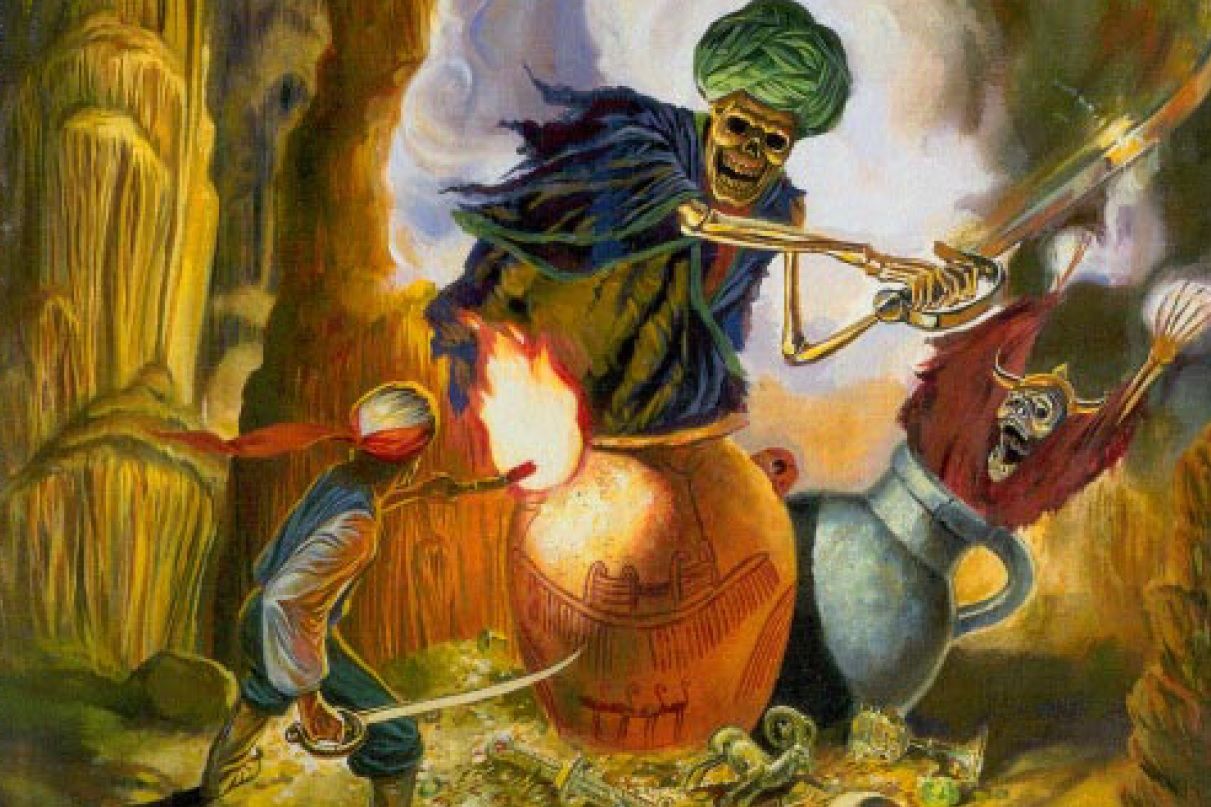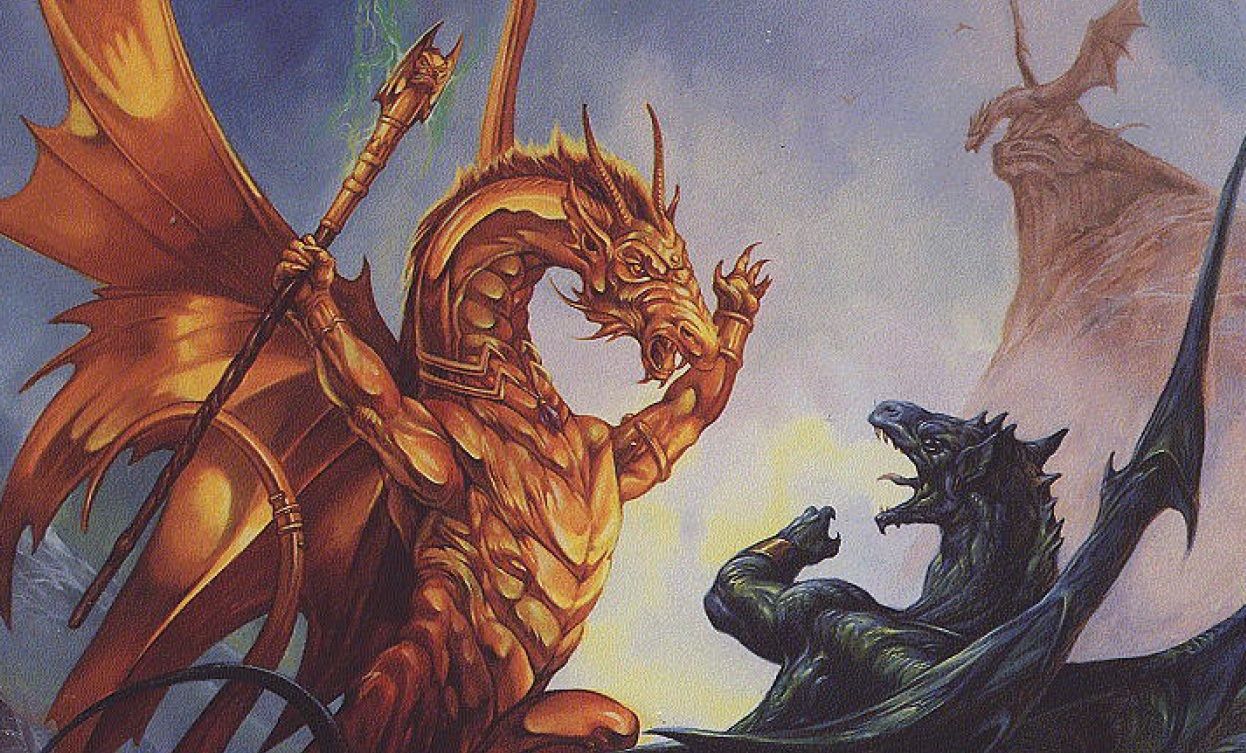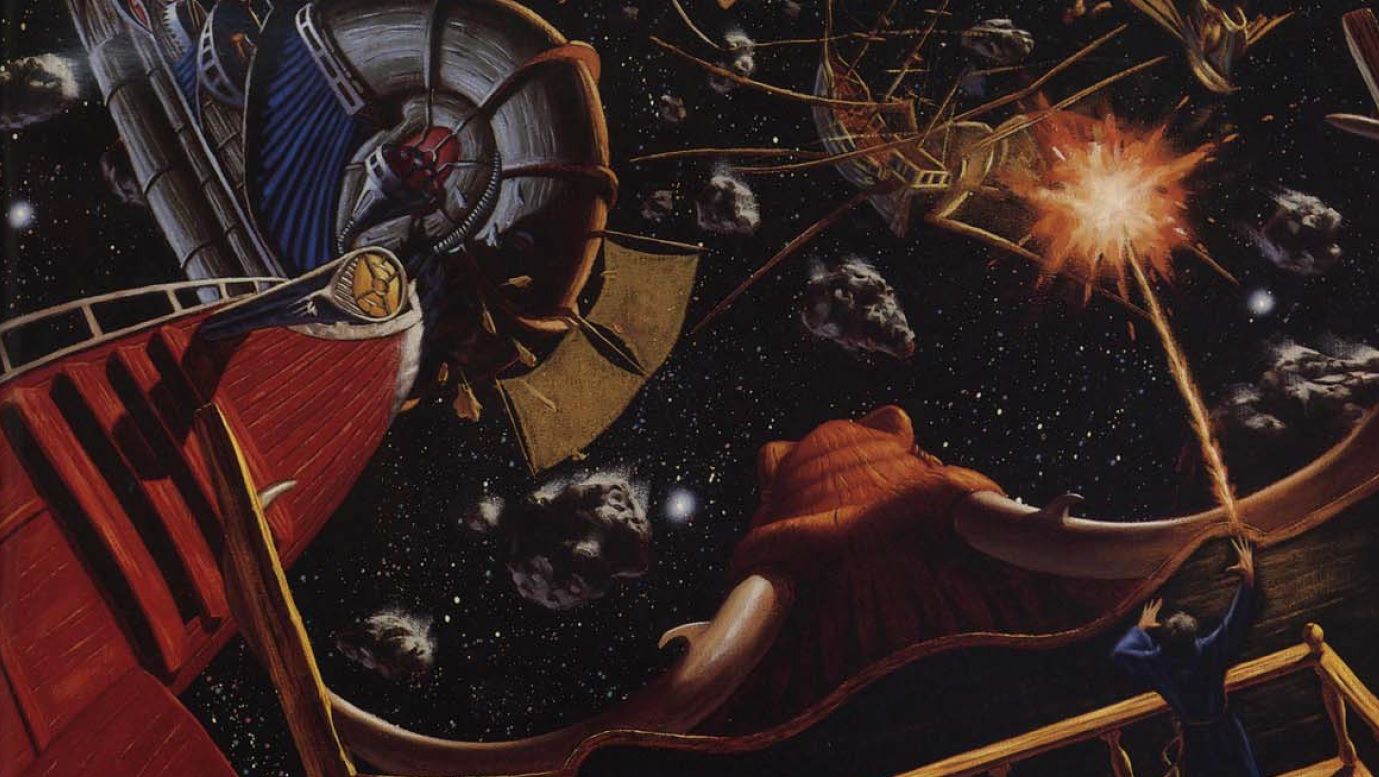One of the best things about Dungeons and Dragons is how it encourages the DM to create their own fantasy worlds. But in reality, many of us refer to pre-made campaign settings for inspiration. Published settings can be a great way to spark the imagination, and some offer interesting takes on the standard D&D that you can use outright or adapt for your campaign.
As D&D goes through various editions, some of its coolest settings have been neglected for years, supported only by hardcore fans. In this list, we'll run down the most fascinating D&D settings that deserve a reboot.
10 Planescape
D&D's metaphysical cosmology usually refers to the multiple plans of existence. The inner planes of elements and energy and the realms of good, evil, order, and chaos where the gods, demons and other spiritual beings reside.
These supernatural worlds were usually reserved for short jaunts with high-level characters, but Planescape changed all that by making them the focus of the action. Player characters hailed from a mystical city called Sigil, a neutral zone at the hub of the planes.
Adventures in Planescape encouraged philosophical roleplaying - player actions could assist various forces and factions in the multiverse, where belief and conviction could literally shape reality.
9 Birthright
Birthright was a short-lived product line in the mid-90s that also took something that D&D hinted at for high-level play and made it the center of attention. In this case, player characters become rulers of their domains as lords, kings, high priests or leaders of nations.
This setting is well worth looking into for those who want Game of Thrones style politicking and intrigue. As 'scions', the player characters share a magical connection to the land, that changes to reflect their deeds and personality.
8 Empire Of The Petal Throne
Created by Prof. M. A. R. Barker, an expert on ancient languages, Empire of the Petal Throne is one of the earliest and most original campaign settings ever created. So much so that it quickly became quite distinct from the early D&D that inspired it.
Set on a far-off planet called Tékumel, Empire of the Petal Throne departs from the European medieval fantasy of D&D. It's richly detailed world, complete with bizarre races and constructed languages. The setting is inspired by Asian and Mesoamerican history and culture with a dash of ancient aliens style sci-fi.
7 Dark Sun
Dungeons and Dragons goes Dune by way of Mad Max. The world of Dark Sun is a bleak and harsh place, cut off from other planes of existence and slowly being drained of all life and energy by the abuse of magic. Many typical D&D races have been exterminated by the setting's dragons, who rule over the barren land with an iron fist. Even the Gods themselves have abandoned the world.
This post-apocalyptic setting holds plenty of danger and treasure for the hardy adventurers who explore it. Dark Sun also offers a plethora of unusual character options - psionic powers are common to all classes, magic is corrupted and dangerous, and half-dwarf gladiators with bone-carved weapons rub shoulders with giant praying mantis warriors.
6 City-State Of The Invincible Overlord
The original urban setting for Dungeons and Dragons, City State of the Invincible Overlord was first published by Judges Guild way back in 1976. Complete with detailed maps, and packed with unusual NPCs, the original publication was also notable for its extensive and often bizarre tables of rumors and surprising encounters.
Player characters walking the streets of the city-state will quickly find it out to be as full of magic and danger as any dungeon, but it can't be solved so easily. It's one thing to encounter a troll in a cave, but what about when it's eyeing you up from across a crowded bar?
5 Red Steel
The theme of Red Steel is 'Power at a Price'. The land suffers from a plague called the Red Curse: a magic dust called vermeil that grants those who ingest it great power. The catch? It also causes horrific mutations and deformities, requiring the wearing of a special metal to ward off its curse.
Red Steel presents a new set of powers and problems for player characters through the use of vermeil, but the central theme of power and corruption can also make for a good story. That's before you even factor in the weirder stuff like the races of arachnid wizards and samurai tortoises that the supplement introduced.
4 Dragonlance
The Dragonlance setting was developed not only as a game supplement but also as a series of high fantasy novels that intended to present an authentic D&D world in fiction. With the emphasis on the second 'D'. In the world of Kyrnn D&D, tropes like character class, Good, Evil and Neutral alignments, and color-coded dragons are all explicitly justified in the lore.
Despite this, Dragonlance also differs from standard D&D, especially in its monster races and magic system. Even disregarding the 'canon' story of the novels, it's still an interesting world for a dragon-focused campaign.
3 Al-Qadim
Al-Qadim is an Arabian nights setting for AD&D. Ostensibly placed in the Forgotten Realms, Al-Qadim played out very differently from regular adventures in the classic campaign setting.
As one might expect, djinni and sha'ir, flying carpets, scheming viziers, scimitar-toting swashbucklers and dervishes all feature, along with variant rules to tweak existing D&D classes into the setting.
Al-Qadim also has a different take on the usual racial alignments of D&D. Most intelligent races mingle in multi-cultural cities without prejudice, with orcs and elves rubbing shoulders with humans. There were new unique monsters to face instead, most notably the vile Yak-men.
2 Council Of Wyrms
We're all familiar with slaying dragons (hopefully, apologies if your favorite character was eaten by one yesterday), but have you tried...being a dragon? That's the conceit behind Council of Wyrms, a D&D setting that puts players in the role of the archetypical fantasy game monster.
Player character dragons start out as hatchlings and grow in size as they gain levels, treasure, and power. But these dragons don't sleep all day on a pile of treasure in a dungeon somewhere. In Council of Wyrms, the action actually focuses on politics, with dragon clans struggling for control of the world.
1 Spelljammer
One of the wackier settings released for the second edition of Advanced Dungeons and Dragons, Spelljammer takes your sword-and-sorcery action into space. The titular spelljammers are magically powered flying ships of varied design that travel through the space between different D&D worlds.
Bizarre cosmology aside, Spelljammer provides a gloriously gonzo playground that mashes up Star Trek-style spacefaring and high 'seas' swashbuckling with all the magic and action of D&D. Aside from Spelljammer's re-imagining of classic monsters and races, any weird encounter a DM imagines could take place in the void between the stars.

